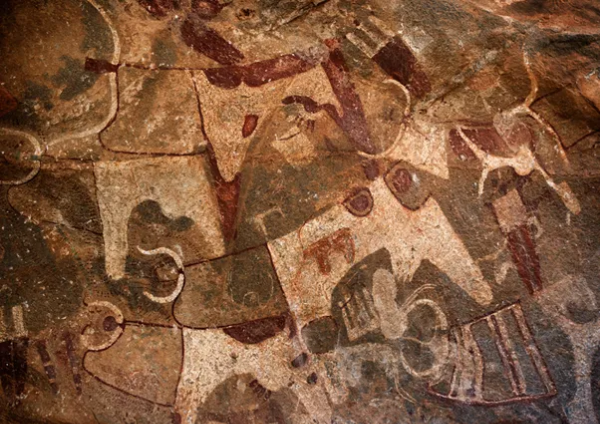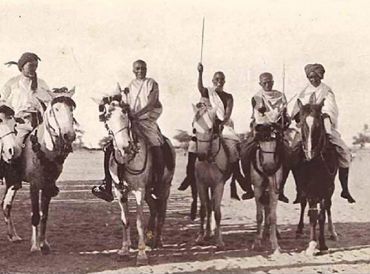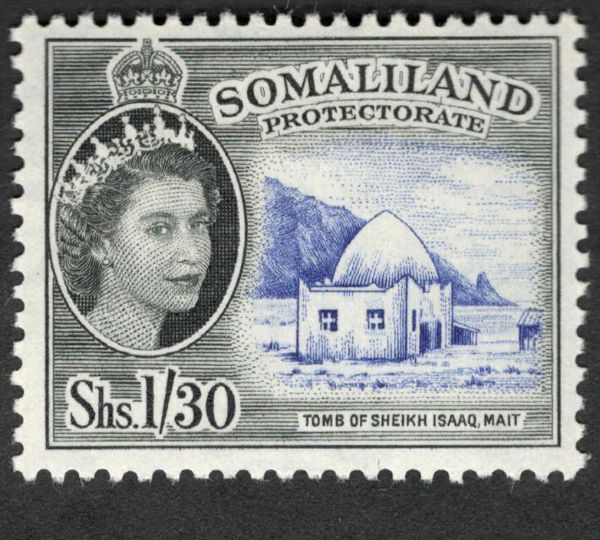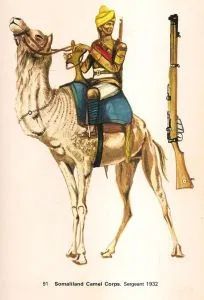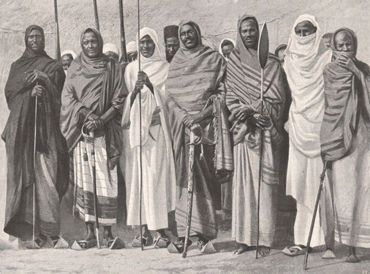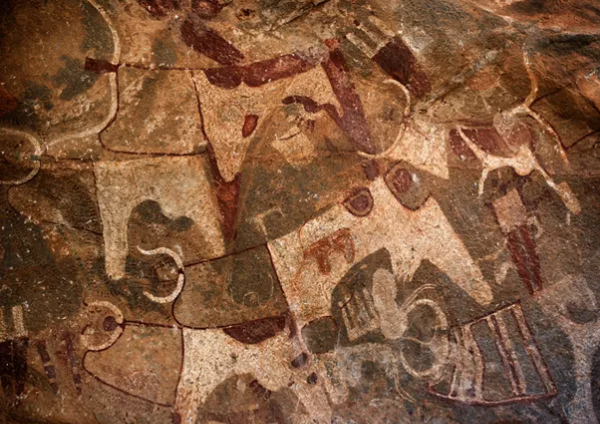
Somaliland has been inhabited since at least the Paleolithic. The oldest evidence of burial customs in the Horn of Africa comes from cemeteries in Somaliland dating back to the 4th millennium BC. The stone implements from the Jalelo site between Burco and Laas caanood were also characterised in 1909 as important artefacts demonstrating the archaeological universality during the Paleolithic between the East and the West.
According to linguists, the first Afro-Asiatic-speaking populations arrived in the region during the ensuing Neolithic period from the family’s proposed urheimat (“original homeland”) in the Nile Valley, or the Near East. Other scholars propose that the Afro-Asiatic family developed in the Horn, with its speakers subsequently dispersing from there.

